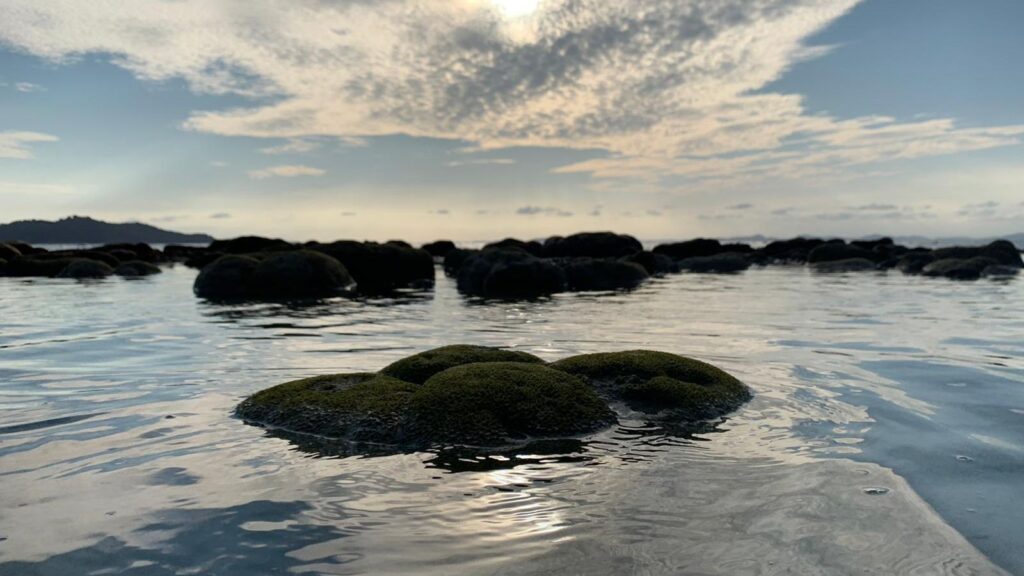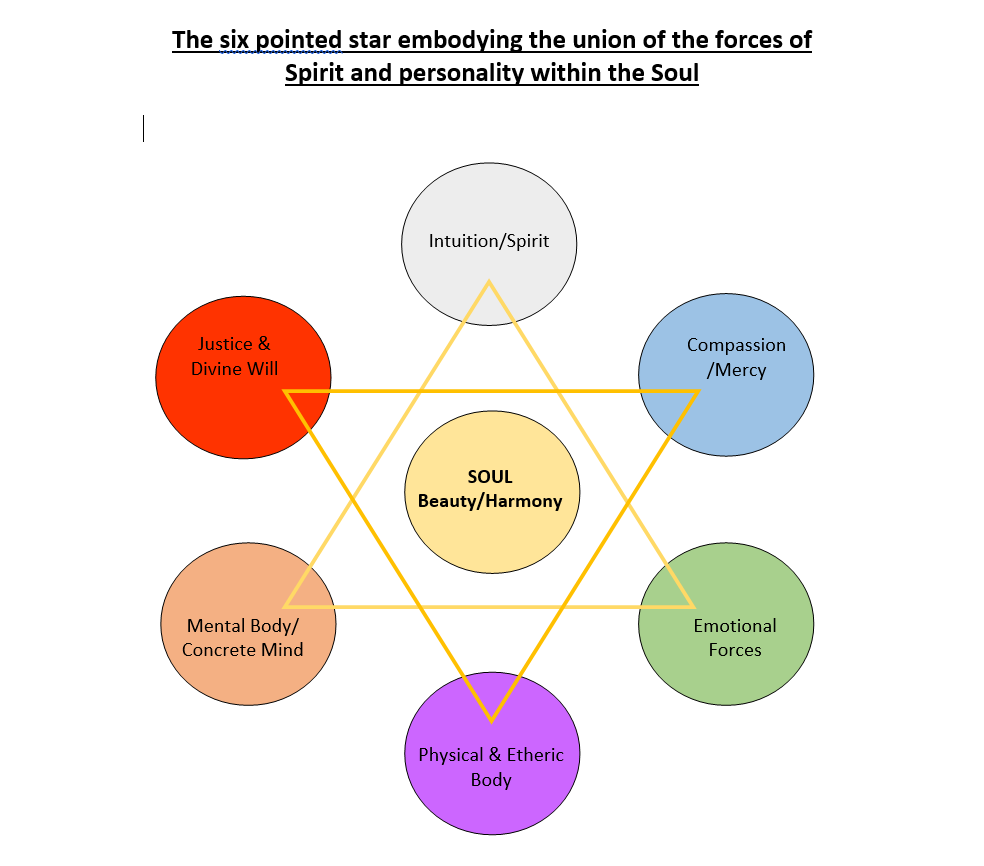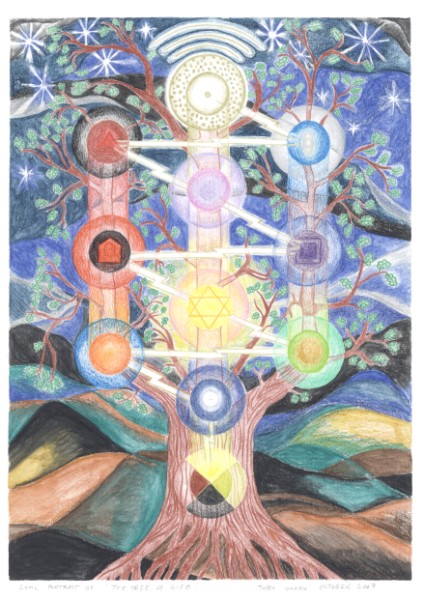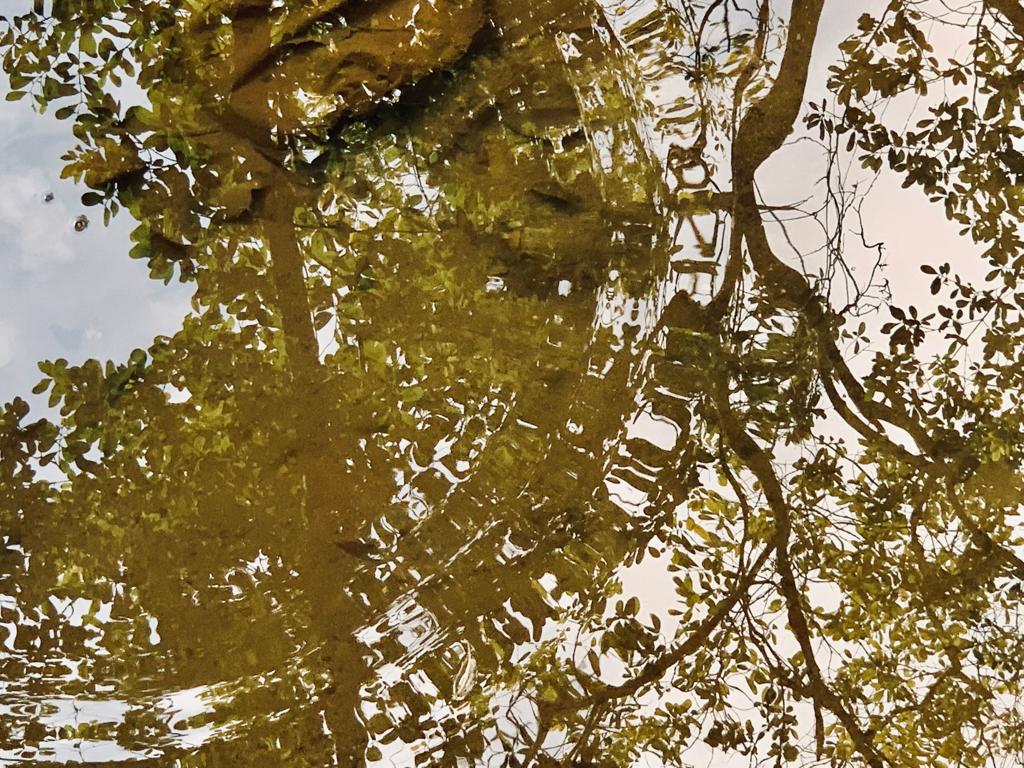“Shamanic meditation, often described as ‘Shamanic journeying’ occurs mainly in the dream state, which is to say the psychic and subtle levels of mind. You might think of shamanic meditation as a type of ‘conscious dreaming’ done whilst meditating”
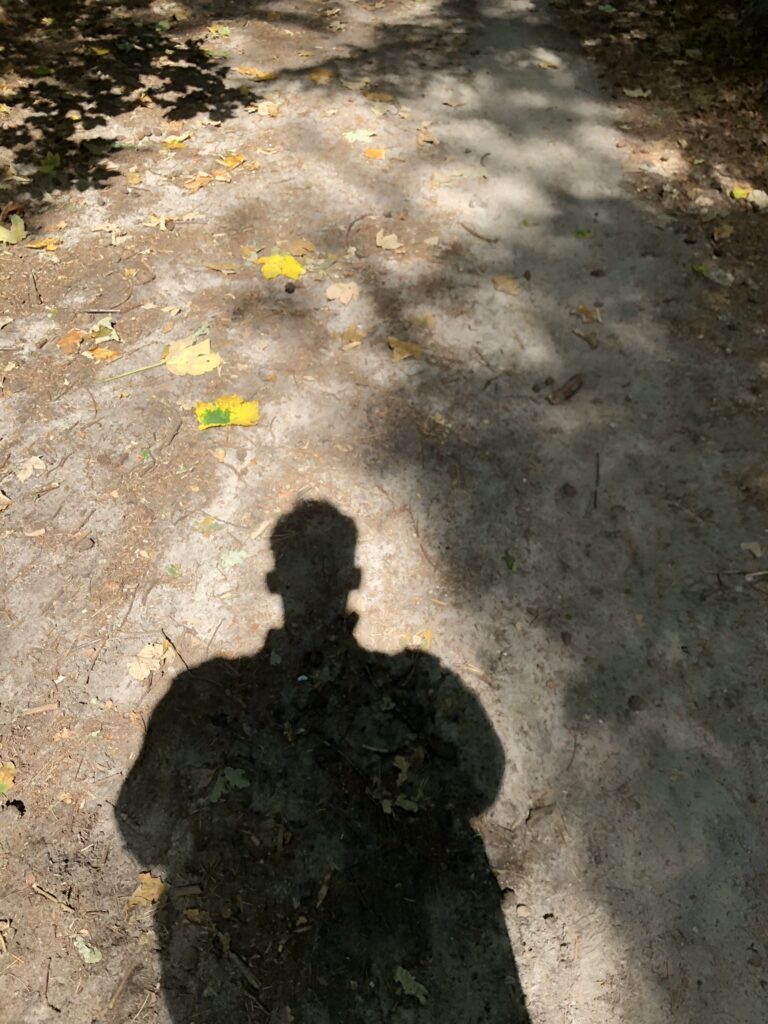
Dear Integral Meditators,
This week’s article focuses upon Shamanic meditation. The first section is a ‘learning piece’, with the second part being a personal reflection of my experience in the field. If you are interested in this form of meditation then do consider coming along on the weekend of the 25th/26th for the Shamanic meditation workshop retreat.
Finally, a reminder of the seasonal class this coming Tuesday & Wednesday, Deepavali -connecting to your inner light.
In the spirit of journeying,
Toby
Shamanic meditation – Psychopomping & other non-ordinary adventures
Three levels of reality, three levels of meditation
The great wisdom traditions often divide reality into three basic domains, or levels of consciousness:
The waking state, characterised by the senses and our gross (as in dense) physical environment.
The dream state, characterised by images thoughts and subtle worlds on the level of mind. The lower level of the dream state might be described as the ‘psychic’ realm, the higher and more refined level as the ‘subtle’ realm. The dream world and the world of mind of course also occur in the waking state, but the waking state is characterised by the occurrence of sensory awareness, and the dreamworld is characterised by the temporary cessation of sensory awareness, in the dream-world we inhabit exclusively the worlds of mind.
The dreamless, deep sleep state, characterised by the cessation of both mental and physical forms, and the appearance of a very subtle, almost infinite formless state of consciousness.
Each of these three levels of reality is has its own world and worlds.
Shamanic meditation: Working in the ‘dream-world’
Shamanic meditation, often described as ‘Shamanic journeying’ occurs mainly in the dream state, which is to say the psychic and subtle levels of mind. You might think of shamanic meditation as a type of ‘conscious dreaming’ done whilst meditating.
Initially we can practice shamanic meditation to acclimatise to the domain of reality reality that it focuses on. However, part of the point of practising is that we then start to be able to access these states of ‘non-ordinary/dreaming’ reality consciously and at will, even when not in formal meditation. This basically means that we integrate shamanic practice informally into our daily waking life.
Foundational elements of shamanic journeying, its purpose and function
Traditionally, Shamanic meditation has five main elements
1. The Underworld Journey – Connecting with Ancestral and Underworld guides
2. The Overworld Journey – Connecting with Spiritual and Overworld guides
3. Soul Retrieval – Recovery from soul loss
4. Meeting and connecting with one’s guardian spirit, or performing guardian spirit retrieval.
5. Non-benevolent spirit extraction or removal
6. To act as a Psychopomp, or guide for the dead and/or lost souls.
To practice Shamanic meditation would then mean that each of the above capabilities gradually becomes a part of what you ‘do’ in everyday reality, informally, in the same way that you would go to work, do the shopping, put the kids to bed and so forth…
Everyday Psycho-pomping – The Spanish soldier
This story is a simple example of what I mean. As mentioned above, one of the activities of a Shaman traditionally is acting as a Psychopomp, or guide for the dead and/or lost souls. I had some awareness of this before I started doing shamanic meditation, as I had already been a meditator for a while. But once I started Shamanic meditation as a discipline I noticed that increasingly often I would be contacted by deceased or lost souls who needed a bit of a hand transitioning to the next world, they were ‘stuck’ so to speak. Generally, before bed they will let me know that they are around and seeking assistance, and then when I go to bed, I will then expect them to come to me sometime in the night, and we can do what needs to be done. This happens quite regularly, and it is just a part of my daily life activity.
One time when on holiday a village in the mountains of Asturias, Spain, my family and I walked down from our Air B&B to a quiet restaurant with some older villagers inside. We sat outside on a bench that clearly was not used very much, and where there was an old cat to keep us company. After a pleasant meal we walked back to our accommodation, and went to bed fairly soon after.
I couldn’t sleep in the bed I was in with my partner, so I went into a spare bedroom at the top of the stairs. Lying down there I then went into a light reverie, where I saw what looked like an old soldier walking up the street to our house. Understanding what was about to follow, I prepared myself to meet him, and he duly came in the house and walked up the stairs. It was a little comedic, because I didn’t speak Spanish, and he didn’t speak English! But suffice to say he had been killed in the Spanish civil war, and had been in the village since (his favorite bench being the one we had sat on for dinner), and having seen me he saw (and felt ready) for the opportunity to move on. I then helped guide him ‘into the light’ so to speak, and then went to sleep.
That is an example of one of many, it was interesting because it was one that my partner and daughter also ‘felt’ something around, and so for me it was a little bit of a shared experience that we could talk about, rather than one I just do and keep to myself.
Related article: Mindfulness, Meditation & Non-Ordinary Reality
Article content © Toby Ouvry & Integral Meditation Asia 2023. you are welcome to share, but please cite the source, thanks! Contact info@tobyouvry.com
Integral Meditation Asia
Online Courses * 1:1 Coaching * Books * Live Workshops * Corporate Mindfulness Training *Life-Coaching * Meditation Technology
